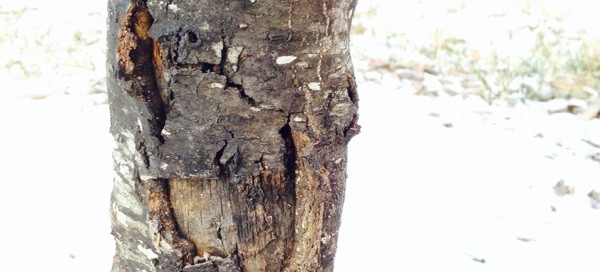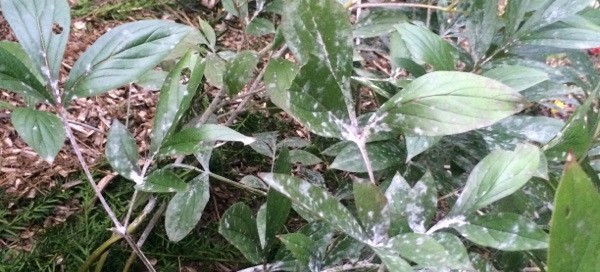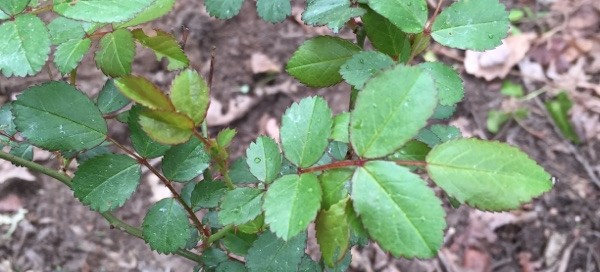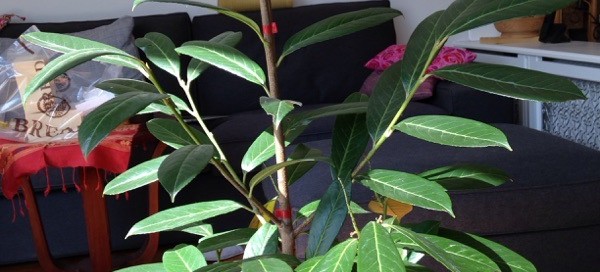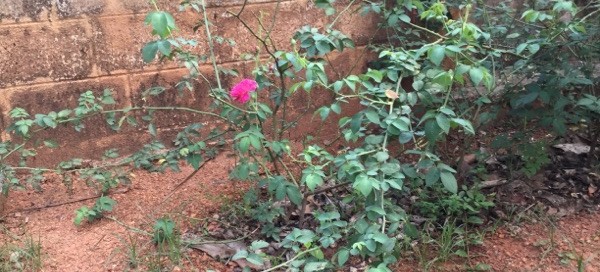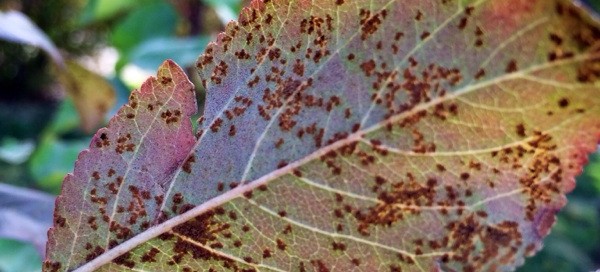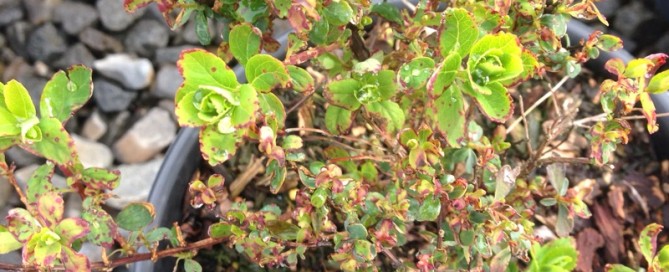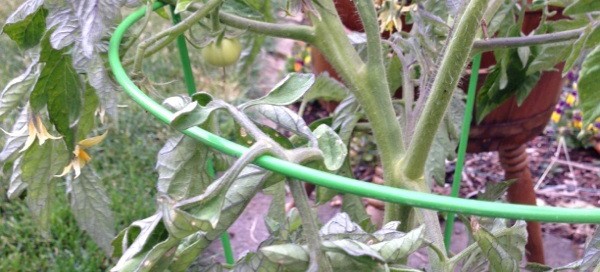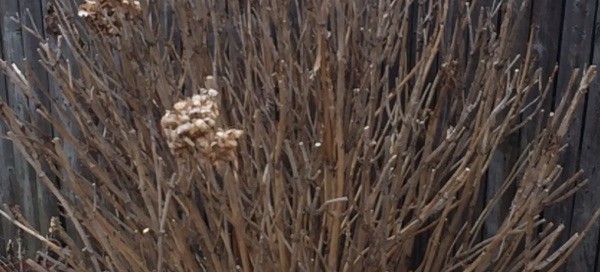Tree Trunk Damage
This type of damage can be caused by many things including cold, sunburn, borers or bark beetles, animals, lawn mowers and weed eaters. If the damage is too extensive, it can jeopardize the trees structure, weaken its stability and make it a future liability. Removing the dead bark may give you some info on what caused the damage ( for example-insect galleries-patterns where beetles feed under the bark) but it really requires a bit of expertise. Here's some info that may help: http://essmextension.tamu.edu/treecarekit/index.php/after-the-storm/tree-damage-and-hazard-assessment/tree-wounds/. This damage looks pretty extensive, Depending on where the tree is located and how valuable it is, you may want to consult a certified arborist on what to do.
